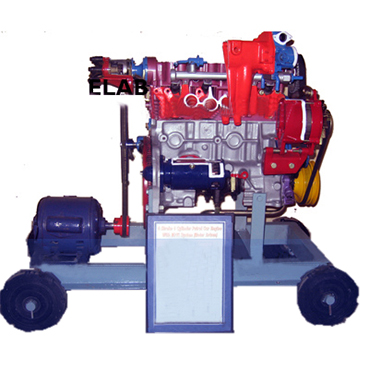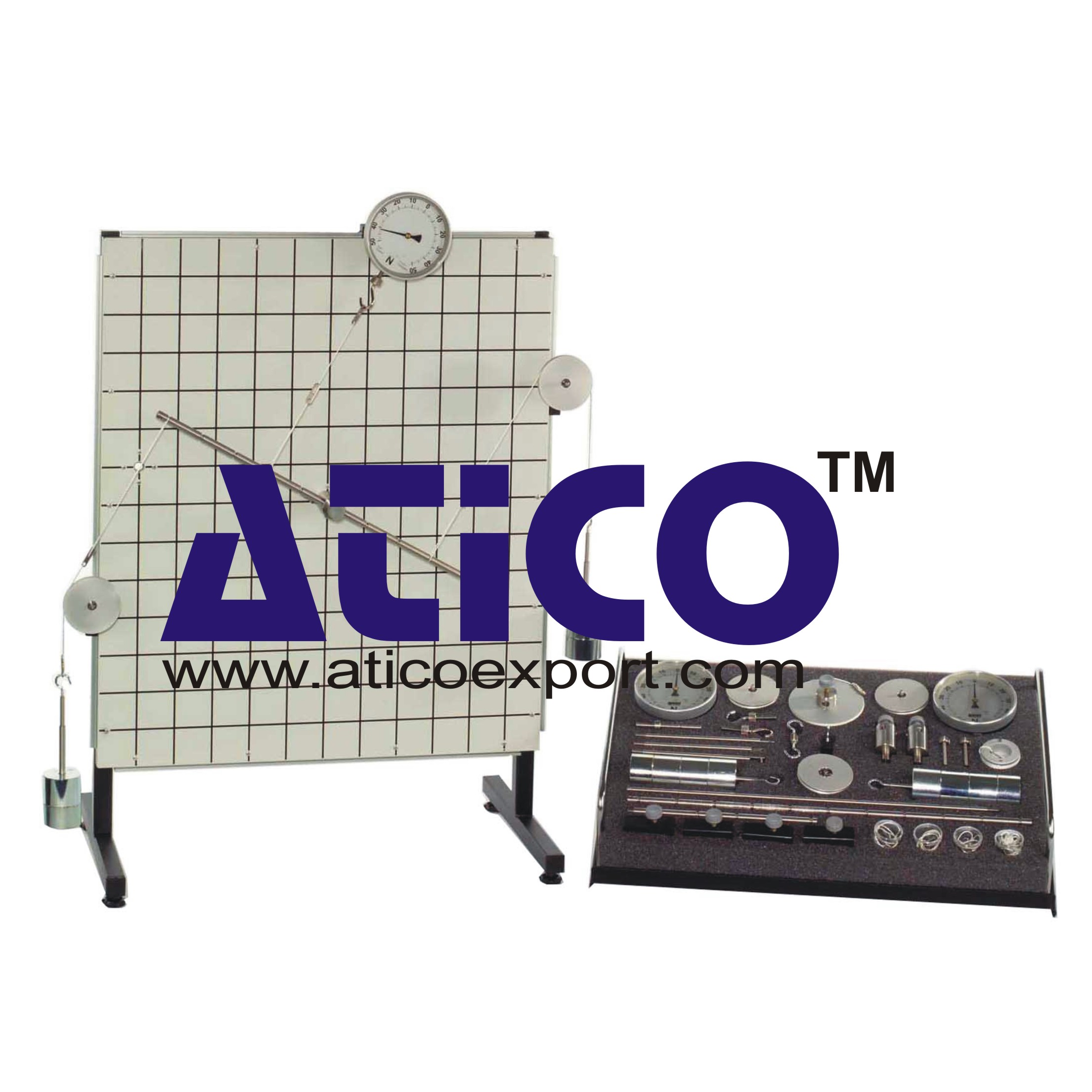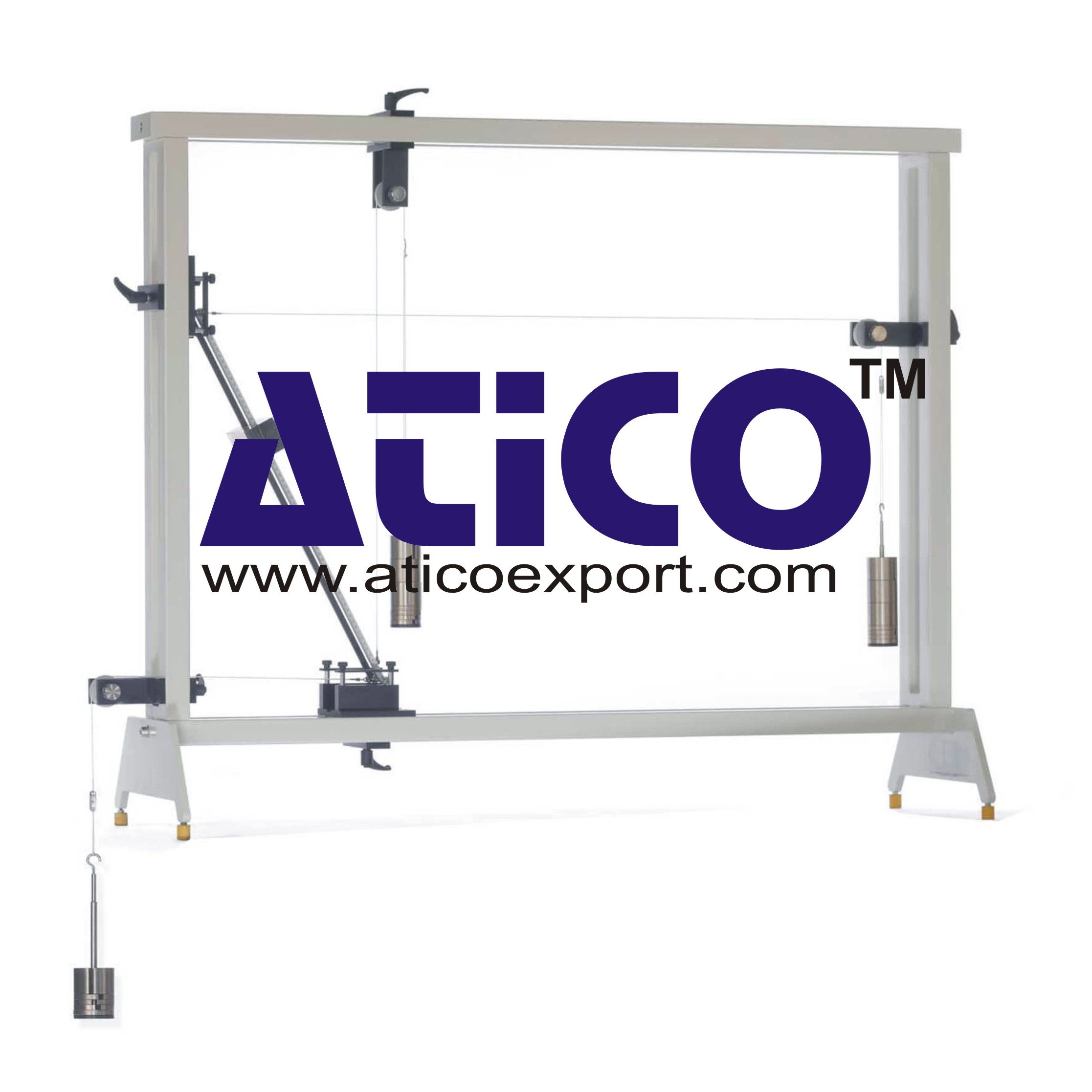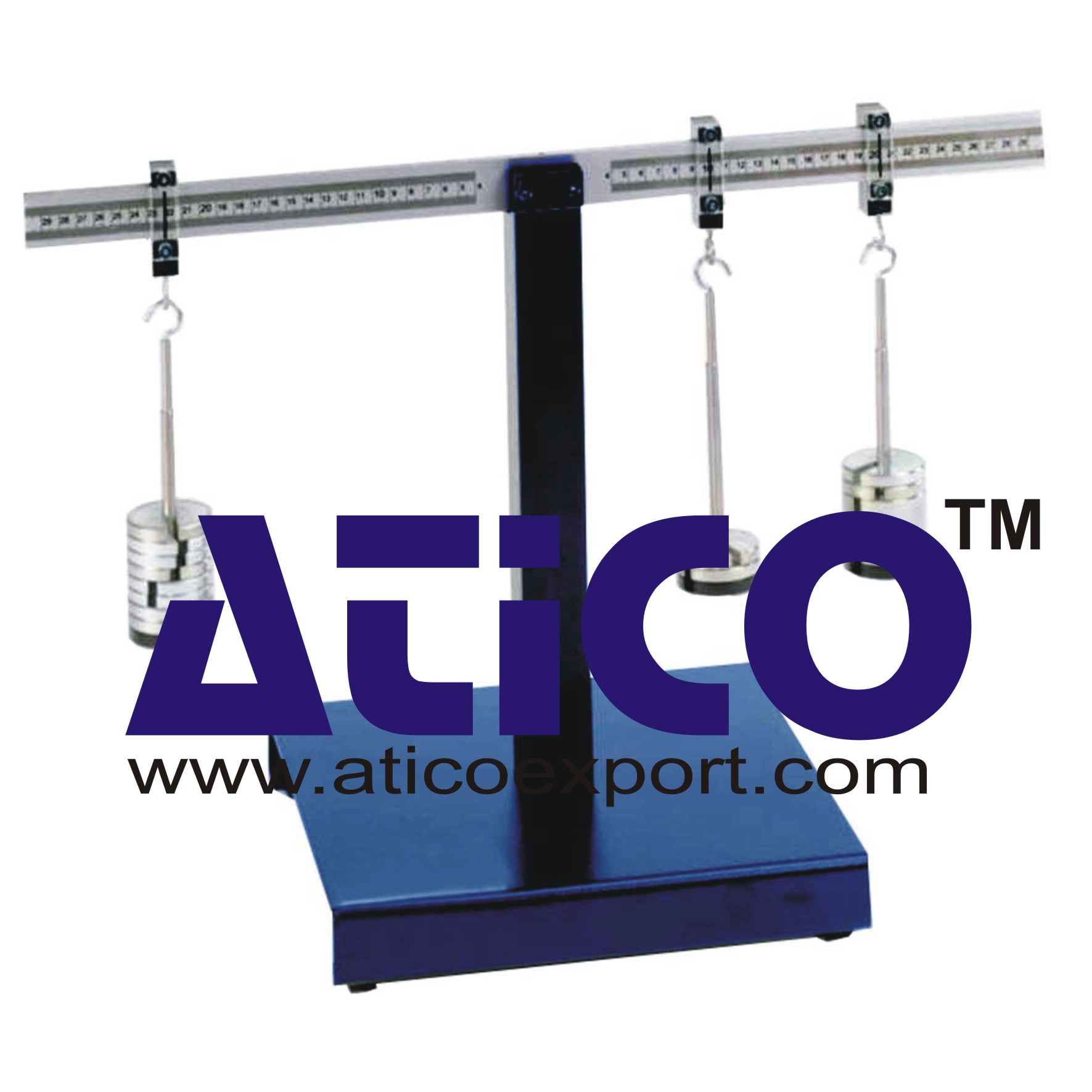Wind Power Drive Trainer
Categories: Engineering Lab EquipmentModern wind turbines should be optimally adapted to the wind available at their location and allow efficient operating conditions. In addition to the wind rotor itself, components of the drive train s...
Product
Description
Modern wind turbines should be optimally adapted to the wind available at their location and allow efficient operating conditions. In addition to the wind rotor itself, components of the drive train such as the transmission and the electric generator are crucial.
The experimental unit contains a typical wind power drive train at laboratory scale, which is driven by an electric motor. The motor enables low speeds with high torque. This simulates a typical slowly rotating wind rotor. The speed can be adjusted.
The drive train consists of the slow-rotating drive side, the fast-rotating generator side and a three-stage spur gear between the drive and the generator. The electrical load of the generator can be varied.The experiments with simulate typical operating conditions of a drive train. To do this, the electrical load of the generator and the speed of the drive motor are varied. This makes it possible to approximate operating points of a typical torque characteristic. The calculated characteristic results from the mechanical power of a wind rotor for a given wind speed.
Learning objectives/experiments
Conversion of rotational energy into electrical energy
Influence of torque and speed on the efficiency of the transmission
Influence of torque and speed on the efficiency of the generator
Influence of the typical torque characteristic of a wind rotor on the overall efficiency of the drive train
Specification
Experimental unit for measurements on a wind power drive train
Drive train with spur gear and DC generator
Low-speed drive motor with adjustable speed simulates wind rotor
Simulation of typical torque characteristics
DC generator with connections for electrical load
Adjustable load with switchable display for current or voltage
Sensors for generator speed and torques of the drive side and of the generator
Measuring amplifier with digital displays and control elements
Analogue outputs for transmitting the measured values for torque and speed
Technical data
DC generator
rated speed: 1100min-1
max. power: 150W
max. current: 10A
max. voltage: 28V
Spur gear
transmission ratio: 1:53
rated load capacity: 335Nm
rated efficiency: 94%
Drive motor
rated speed: 22min-1
speed range: 3…22min-1
rated power: 0,37kW
max. torque: 153Nm
Measuring ranges
speed: 0…1200min-1
torque: 0…200Nm
torque: 0…10Nm
current: 0,005…25A
voltage: 0…80V
230V, 50Hz, 1 phase
120V, 60Hz, 1 phase, 230V, 60Hz, 1 phase
quick overview :
Modern wind turbines should be optimally adapted to the wind available at their location and allow efficient operating conditions. In addition to the wind rotor itself, components of the drive train such as the transmission and the electric generator are crucial.
The experimental unit contains a typical wind power drive train at laboratory scale, which is driven by an electric motor. The motor enables low speeds with high torque. This simulates a typical slowly rotating wind rotor. The speed can be adjusted.
The drive train consists of the slow-rotating drive side, the fast-rotating generator side and a three-stage spur gear between the drive and the generator. The electrical load of the generator can be varied.The experiments with simulate typical operating conditions of a drive train. To do this, the electrical load of the generator and the speed of the drive motor are varied. This makes it possible to approximate operating points of a typical torque characteristic. The calculated characteristic results from the mechanical power of a wind rotor for a given wind speed.
Learning objectives/experiments
Conversion of rotational energy into electrical energy
Influence of torque and speed on the efficiency of the transmission
Influence of torque and speed on the efficiency of the generator
Influence of the typical torque characteristic of a wind rotor on the overall efficiency of the drive train
Specification
Experimental unit for measurements on a wind power drive train
Drive train with spur gear and DC generator
Low-speed drive motor with adjustable speed simulates wind rotor
Simulation of typical torque characteristics
DC generator with connections for electrical load
Adjustable load with switchable display for current or voltage
Sensors for generator speed and torques of the drive side and of the generator
Measuring amplifier with digital displays and control elements
Analogue outputs for transmitting the measured values for torque and speed
Technical data
DC generator
rated speed: 1100min-1
max. power: 150W
max. current: 10A
max. voltage: 28V
Spur gear
transmission ratio: 1:53
rated load capacity: 335Nm
rated efficiency: 94%
Drive motor
rated speed: 22min-1
speed range: 3…22min-1
rated power: 0,37kW
max. torque: 153Nm
Measuring ranges
speed: 0…1200min-1
torque: 0…200Nm
torque: 0…10Nm
current: 0,005…25A
voltage: 0…80V
230V, 50Hz, 1 phase
120V, 60Hz, 1 phase, 230V, 60Hz, 1 phase
Product
Reviews
add Review
reviews
No Review Yet.
Copyrights © 2025 All Rights Reserved by Atico














Product
Reviews
add Review
reviews
No Review Yet.